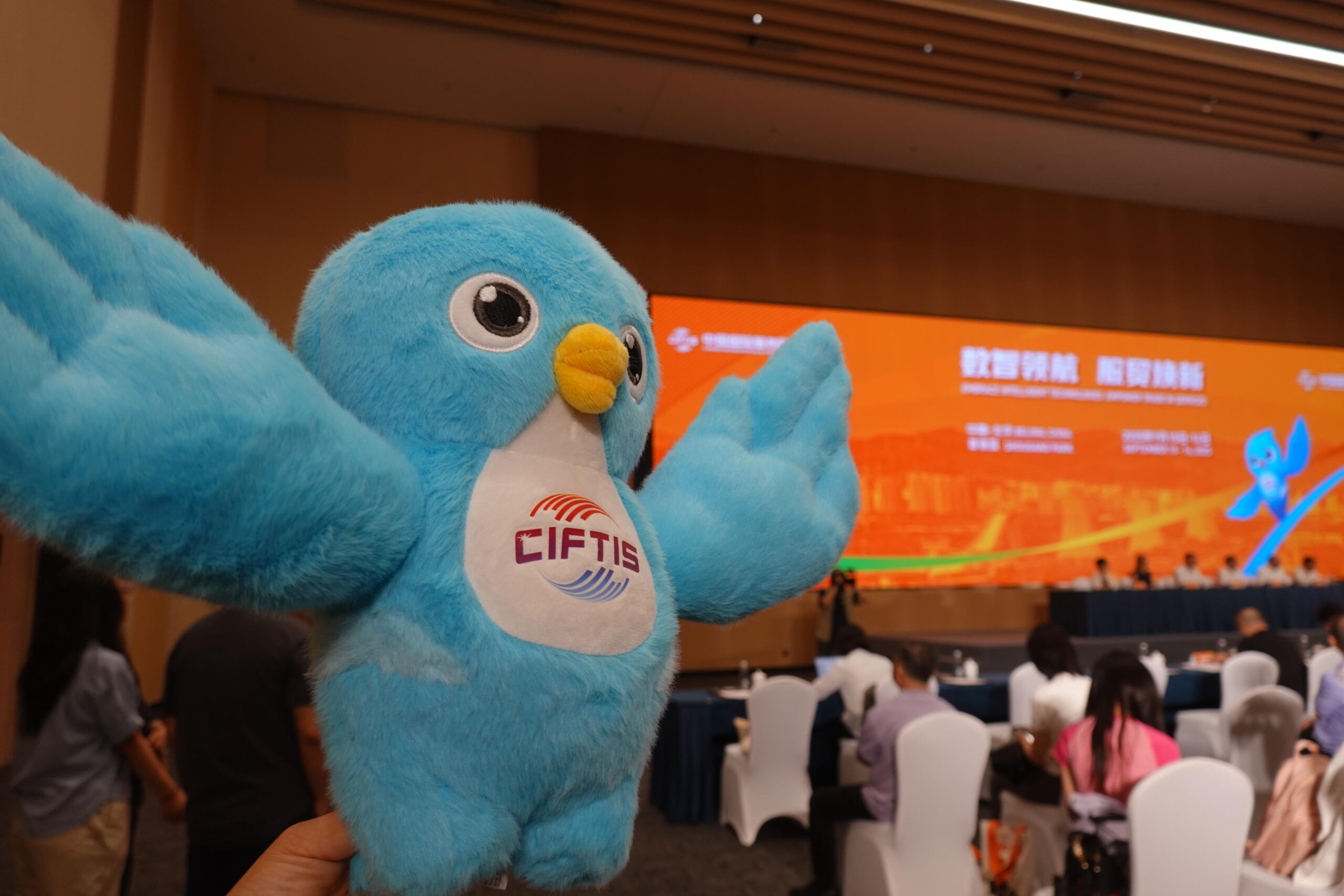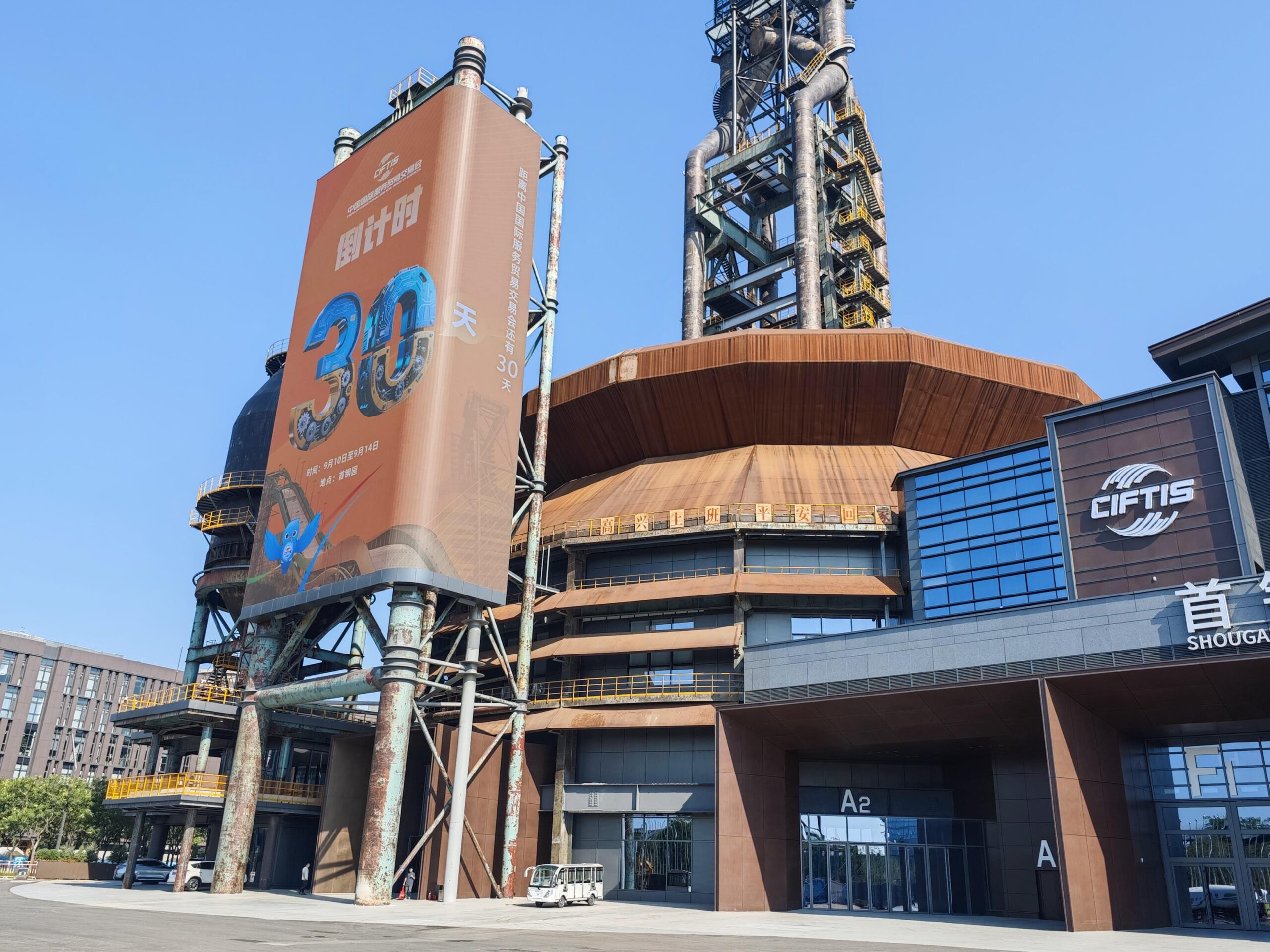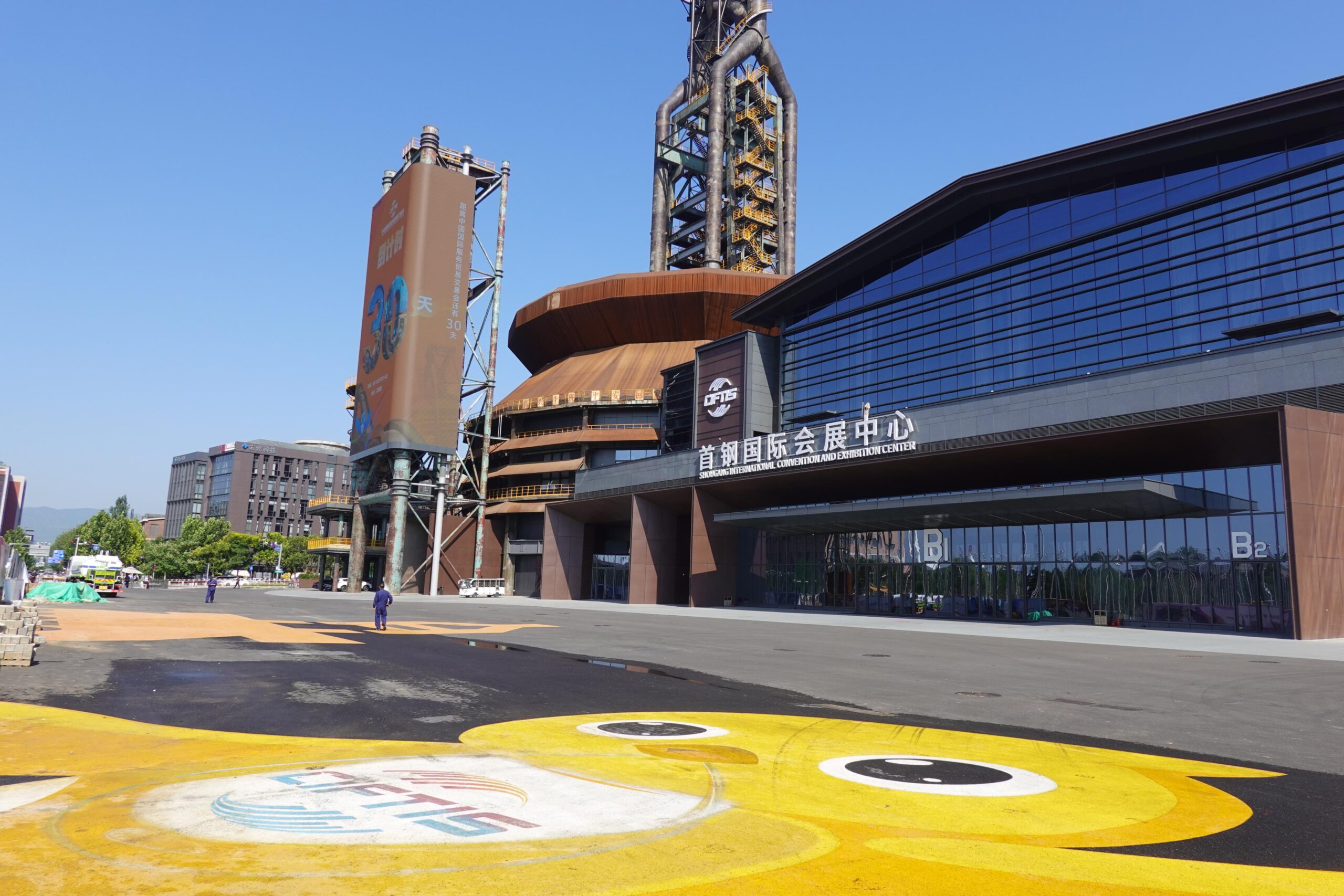The 2025 Service Trade Fair will be held from September 10 to 14 at the Shougang Park. The event will uphold the concept of “Global Services, Shared Prosperity” and focus on the annual theme of “Digital Intelligence Leads the Way, Service Trade Renews.” It will feature a Global Service Trade Summit, exhibitions, forums, business matchmaking, achievement releases, and supporting activities, highlighting the unique aspects of service trade and Beijing’s services.
The preparations for the 2025 Service Trade Fair are progressing efficiently and orderly, with six key highlights—
1. Completion of Exhibitor Recruitment, Emphasizing Technology Empowerment.
Recruitment for the main and thematic exhibitions is nearly complete, with nearly 70 countries and international organizations expressing intent to participate. All 31 Chinese provinces, five cities with independent planning status, Xinjiang Production and Construction Corps, as well as Hong Kong, Macau, and Taiwan, will set up exhibitions. Guest country Australia and guest province Anhui will organize their largest-ever delegations. Australia will bring nearly 60 institutions and enterprises, focusing on finance, tourism, and consumer sectors. Anhui will showcase cutting-edge achievements in quantum communication, new energy vehicle industry growth, service trade innovation, and cultural exports.
Over 800 companies, including 330+ Fortune 500 and industry leaders, plan to exhibit offline. The exhibition’s international participation exceeds 20%, covering 24 of the top 30 service trade countries and regions. Exhibitors will highlight technological and intelligent applications, presenting new solutions and service-driven innovations.
2. Showcasing New Achievements, Highlighting Service Trade and Beijing’s Services.
More than 70 companies, including Alibaba and Schneider, will release over 130 new products and innovations, such as the world’s first 3D-printed biodegradable vascular stent (PeriSorb), the first end-to-end AI assurance program (INTERTEK AI²), and a global tax compliance solution. These span AI, fintech, healthcare, and green initiatives. Over 170 forums and business matchmaking events are confirmed.
The “Beijing Services” brand will debut prominently at the fair. Nearly 280 case studies have been selected, covering government services, fintech, smart healthcare, and AI in education, with 180+ in the key resource pool. Examples include advanced ophthalmology OCT devices, the “China Eagle Eye” AI system, and ULive ultra-HD broadcasting. The fair will facilitate market expansion through displays, trading platforms, and policy support.

3. Deep Integration of Scenarios and Activities, Emphasizing Interactive Experiences.
The fair will feature diverse service consumption scenarios and cultural-commercial-tourism-sports activities. A “check-in” campaign will allow attendees to scan QR codes or answer questions at 40+ physical and virtual locations to earn points redeemable for exclusive souvenirs.
4. Expanded Market Development, Personalized Cultural Products.
Partners from finance, IT, aviation, and other sectors will provide funding, logistics, and tech support. The mascot “Fu Yan” inspires 50+ cultural products across eight categories (badges, apparel, stamps, etc.), sold at six onsite stores.
5. Holistic Atmosphere Creation, Highlighting the Exhibition Town.
The setup blends Shougang’s industrial heritage, eco-friendly touches, and cultural elements. Signage has increased by 60%, covering traffic flow, venue layouts, and night activities. Lawns will host cultural displays, business talks, and leisure events.

6. Enhanced Services, Tech-Driven Exhibitions.
Upgraded logistics include real-time parking navigation, dining capacity for 40,000, and added restrooms. AI tools like shuttle management, crowd monitoring, and real-time translation will streamline operations. The digital platform’s AI assistant “Xiao Fu” (mascot
Shougang Park
PeriSorb
INTERTEK AI²
China Eagle Eye
For example, if it relates to China’s “Sky Eye” (FAST), the world’s largest radio telescope in Guizhou, the summary would focus on its scientific significance and construction. Let me know how you’d like to proceed!


